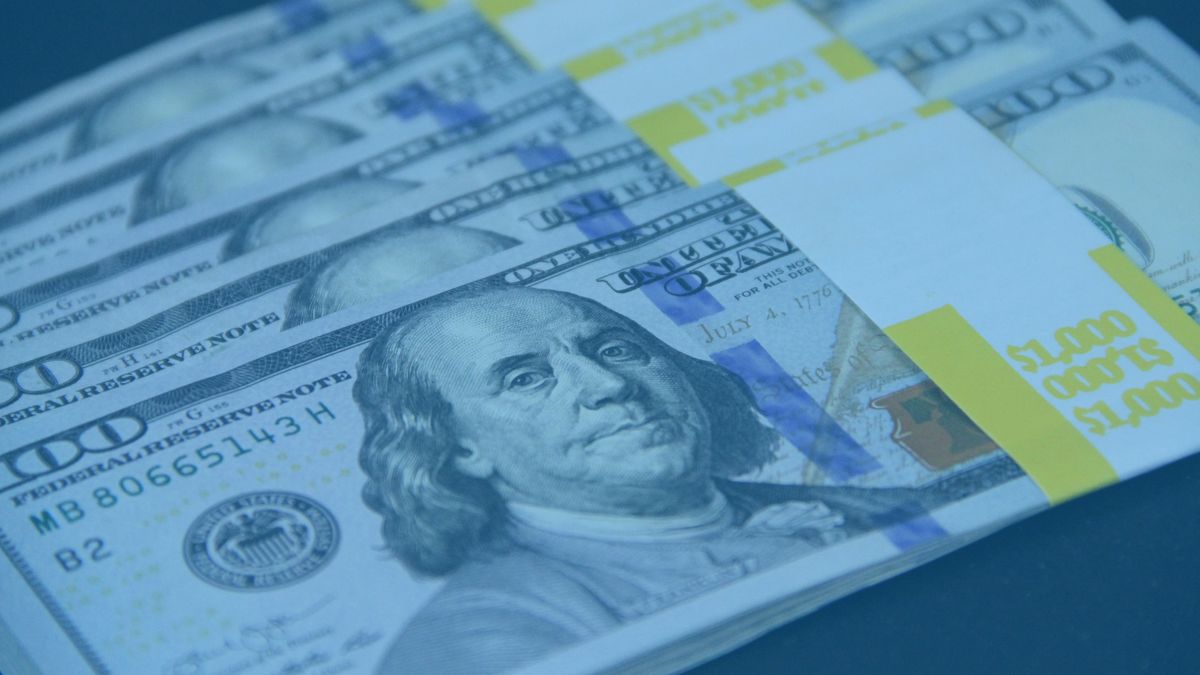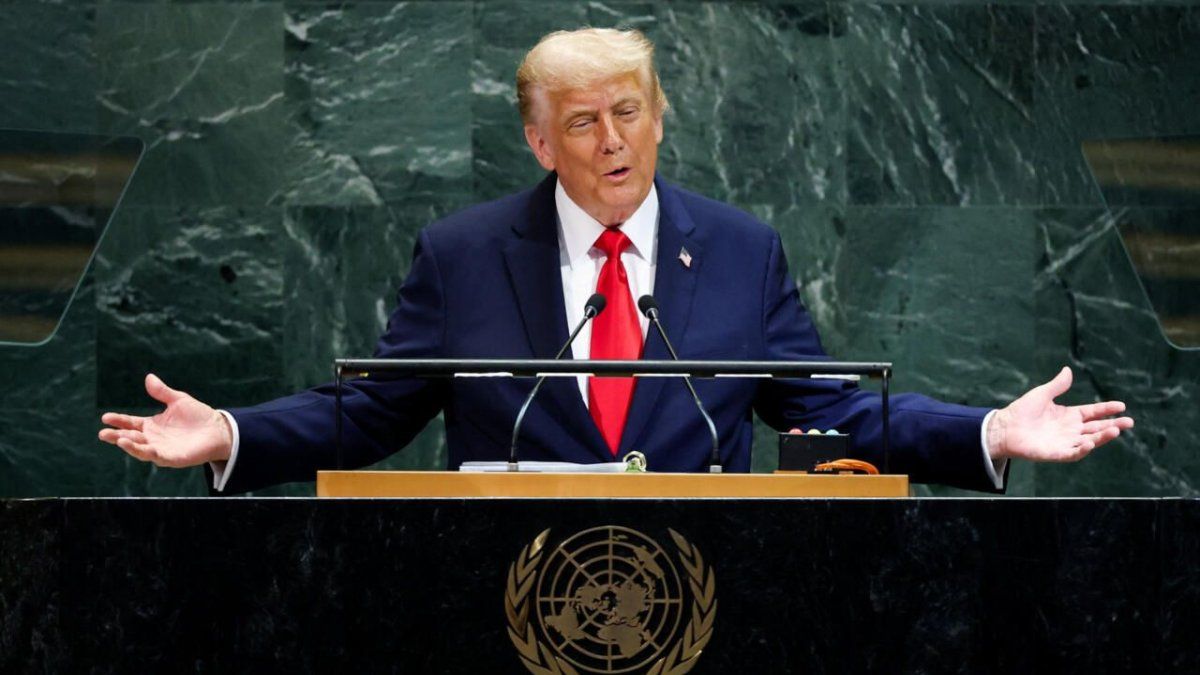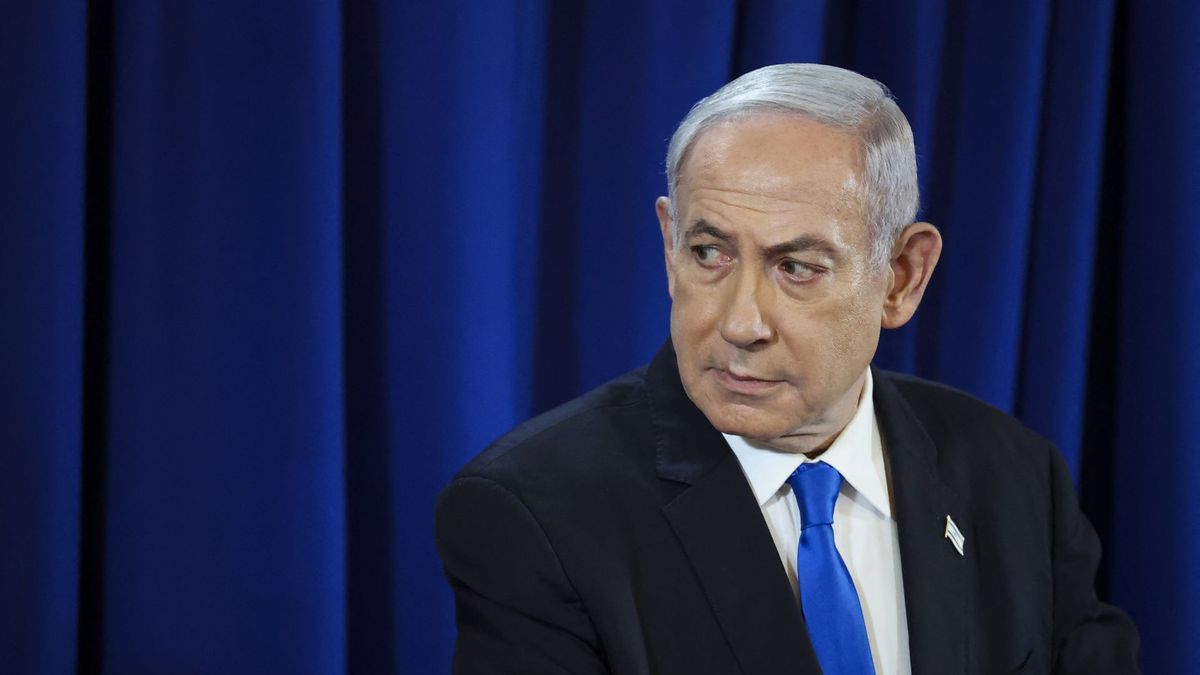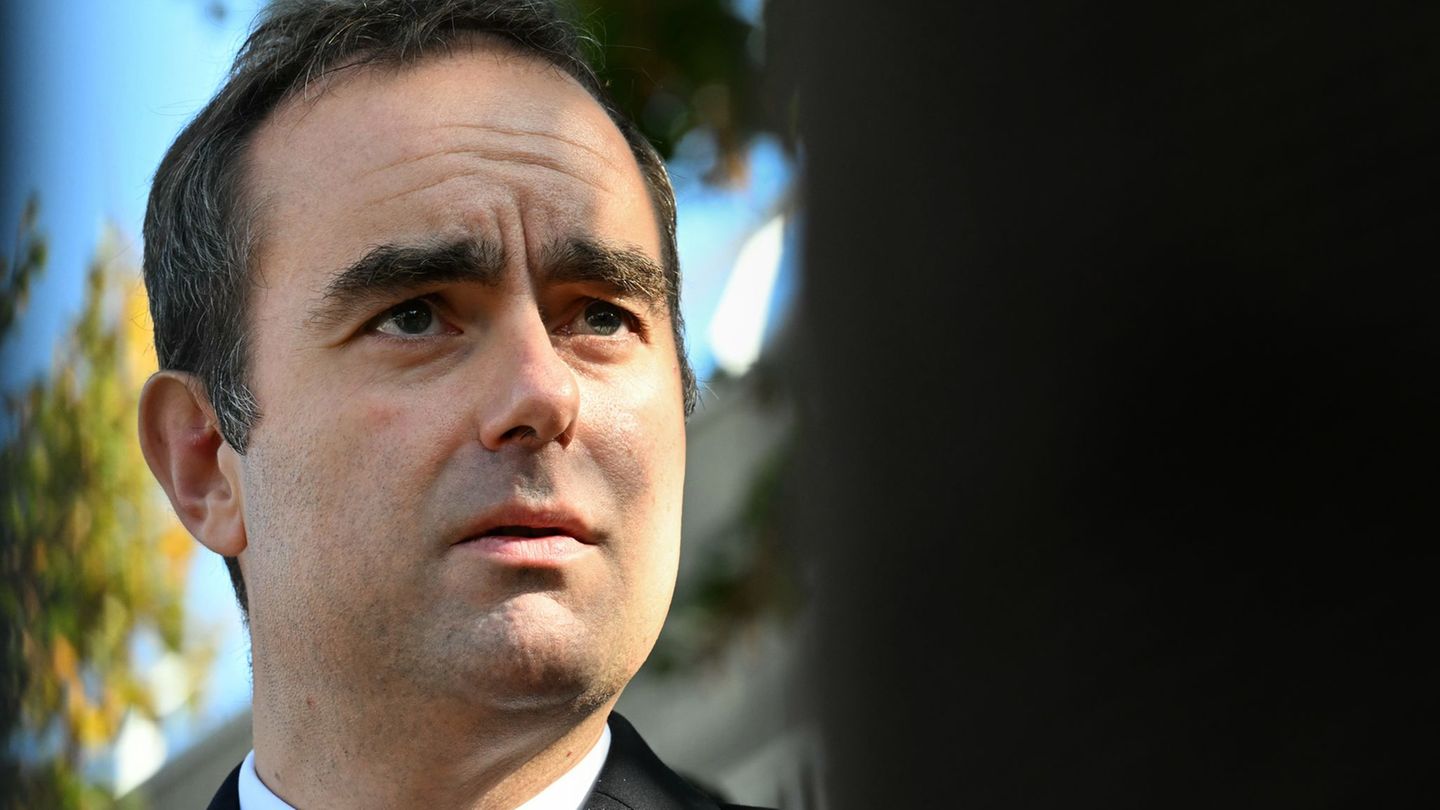The Minister of Economy, Serge Massa, announced the Sunday that it will offer the agro-export sector during September an exchange rate of $200, compared to the $140.25 that is currently quoted in the official market. In response to it, the big players in agriculture assured to liquidate some US$5,000 million in favor of the reserves of the Central Bank which, however, had to sell foreign currency this Monday (US$9 million) after 16 days in a row with positive balances, waiting of the implementation in the banks of the new foreign exchange scheme.
The exchange rearrangement caused the gap between the marginal market and the official perforate 100%, up to 92.5%, from the 160% reached in the second half of July.
In just two business days in September, the informal dollar sank $20 and became the cheapest unrestricted exchange rate on the market, being surpassed even by the MEP dollar (it traded around $272).
Now, after this abrupt drop in the parallel exchange rate is consummated, the question that arises is: At what price will the informal dollar find a flat? Ámbito consulted three specialists and this is what they responded:
Frederick Glustein, economist
The fall of the blue occurs in a context of falling financial dollars and the crypto dollar, after the announcements of the soybean dollar, which shows a 50% higher payment to the agricultural export sector, which it is seen in the short term as positive and that it gives the possibility of accumulating fresh reserves, not only to comply with the IMF. but to avoid price runs.
In this scenario, the parallel falls in the face of a greater supply of foreign currency, then there is no longer a market, which migrates towards the official sectors and in the face of the desert in the square, lowers the blue and is in line with the MEP and quite above the crypto.
If the financiers continue to fall, it is likely that it will not have this floor of $270 and will continue to fall, at least a few more pesos. At this point I see it for $265 if you don’t change the trajectory.
Christian Buteler, financial analyst
The drop in blue was expected, although I don’t know if it was in this magnitude of $15 in just one day. I think it could go a little lower anyway, to a 65%/70% gap. Much less than that, I don’t think it will go down because you have the official dollar taxes, which they put on it, they put a floor on it.
This fall is the product of the inflow of dollars and the recomposition of reserves, which is something very positive. But today there is a $50/$60 difference between the soybean dollar and the official dollar, and that is pure issue because the Central Bank will buy at $200 and sell at $150.
That spread is pure emission that it leaves the Central Bank because the Treasury places a Non-Transferable Letter on it. And that greater monetary financing at some point is going to hit you, with more gap and more inflation.
In conclusion: In the short term, the blue dollar may fall further, and everyone is happy with the increase in reserves, but in the medium and long term, it will cause a headache when that bill arrives.
Juan Pablo Albornoz, economist at Ecolatina
In the short term, the hottest thermometer was (and is) the net international reserves (RIN) of the BCRA, which is why the measurement of the new soybean dollar was taken. Why the thermometer hotter? At the beginning of this month, at Ecolatina we estimated that the NIRs under the IMF methodology were close to US$1.8 billion. Although the second review remains to be known, under the current goal the Central should have a stock of 6,700 million at the end of September: it is almost 5 billion below.
In order not to default, it would have to buy almost US$250 million per day net, figures that were not given for the daily average of any month in the history of the MULC since the exit from Convertibility. With the measure, if what Massa said is fulfilled, two-fifths of the problem would be solved (US$2 billion). If on that the IMF eases the goal in the review, it ends up giving the long-awaited income of funds from other organizations, the Central could get to comply scraping as in the previous quarter. Although it is premature to draw conclusions, reserves are the hottest topic today and this measure should bring enough air in the short term, possibly the decline from a macro perspective is associated with it.
Now, in the medium term the motivators of the very high levels of free dollars that we have (even with the drop from this Monday and from the last few weeks) are still in force. Without a fiscal consolidation that is perceived as sustained plus some measure that anchors a nominality that is launched (the Ecolatina CPI marked an inflation of 6.7% in August, we are paying the effects of a devaluation without there having been one), it will a sustained lull in free dollars will be difficult. On the other hand, the Government opened the doors to a formal split with this soybean dollar. For now, it opened them temporarily, it remains to be seen if they cross them and maintain it.
However, personally I think in a gap of 75%-85% against the wholesale dollarI believe that the market is going to look fondly at the financial dollar or the blue again. They are the prices (MEP) of the end of June prior to the run that took them comfortably above $300 and also adds that in the interim inflation ran 14%.
Source: Ambito
David William is a talented author who has made a name for himself in the world of writing. He is a professional author who writes on a wide range of topics, from general interest to opinion news. David is currently working as a writer at 24 hours worlds where he brings his unique perspective and in-depth research to his articles, making them both informative and engaging.




